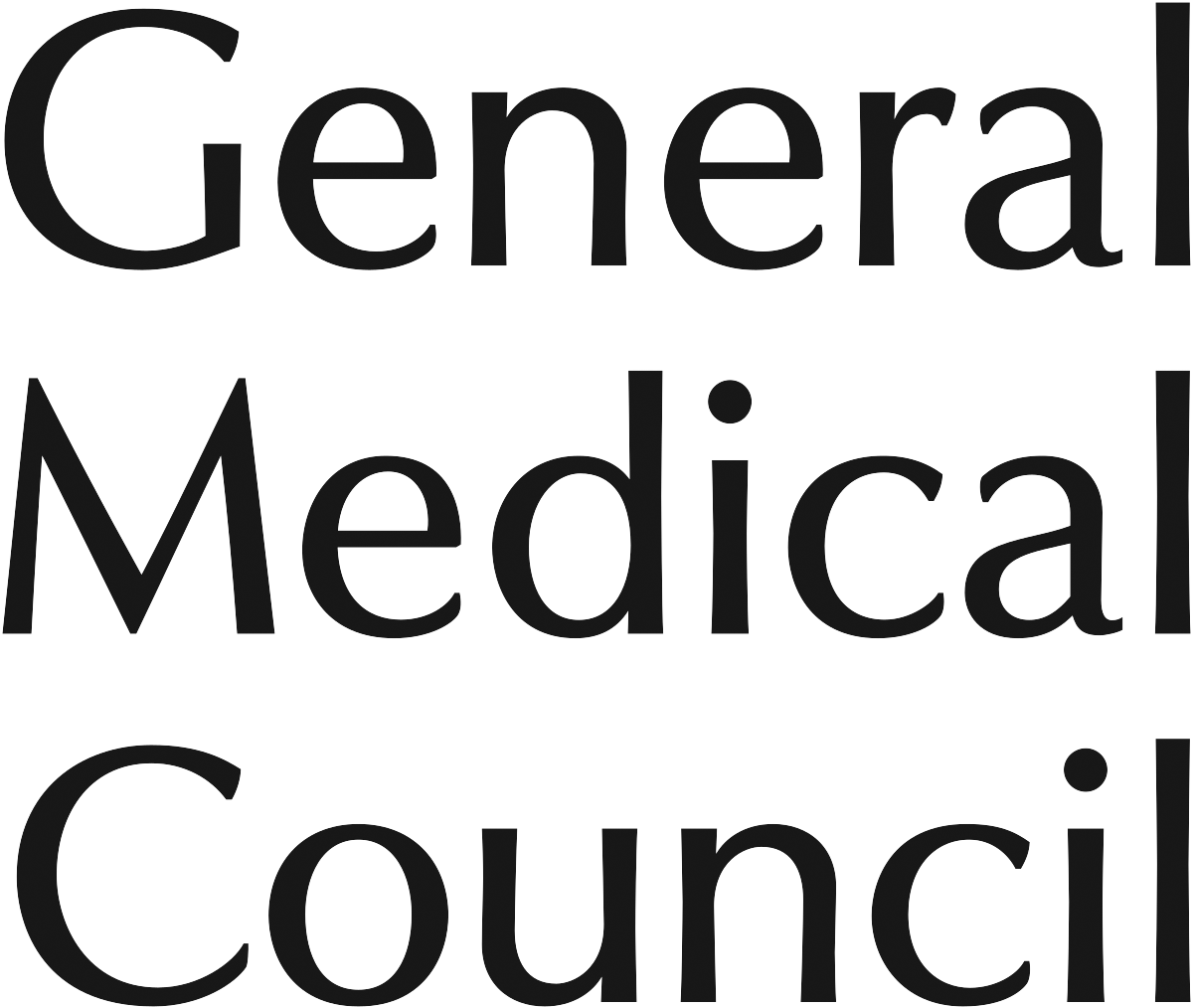Dermal fillers have now taken the role of being the popular treatment when it comes to adding volume to empty and sunken spaces on the face, lifting a jawline and lower face and surprisingly even fixing a crooked nose and erasing fine lines, giving the client a plumper face. However, before settling on the choice of wanting to get dermal filler injections, it merits knowing the current realities about their outcomes, as well as what to search for in a clinic.
Dermal fillers are substances that infuse into different spaces of the face at various depths to get a younger appearance. Most impermanent dermal fillers are produced using hyaluronic acid, a substance that is naturally present inside the body, which makes up a portion of the matrix that supports younger-looking skin. Hyaluronic acid can hold around a thousand times its weight in water, thus being a fantastic source of hydration, along with being a volume restorer, when contained in a special gel-like substance.
Dermal fillers can treat the following facial problems –
- Hollow temples
- Lifting jowls and jawline
- Non-surgical rhinoplasty
- Reshaping the forehead and chin
- Static lines and wrinkles
- Sunken cheeks and lower face
What can you expect from Dermal Fillers?
Before you can initiate any treatment, you must go to a free-of-cost consultation with Dr Saba Raja. She will discuss your prerequisites with you, research on your clinical history and will decide if you are eligible for treatment. At this stage, we will give you some good advice on an appropriate treatment plan and anticipated outcomes.
At the point when a reasonable course of treatment has been thought of, you will either be given a topical anaesthetic or an injectable anaesthetic to limit any uneasiness or pain. Now, numerous dermal fillers available, already have anaesthetic in them, so additional sedation you may not generally require preceding treatment.
The treatment takes somewhere in the range of 30 to 45 minutes, contingent upon the area being treated, and this includes injecting the dermal filler just underneath the skin’s surface with a fine needle or cannula. If need be, Dr Saba will massage the region following the injections, so that the product underneath smooths out.
There is no need for a period of medical rest after treatment with dermal fillers. Nonetheless, you may encounter some bruises, swelling, and slight pain in the treated region for a few days after procedure. Dr Saba will advise you on effective aftercare, for example, not doing anything that will increase your body temperature and make you feel hot, like arduous exercise, saunas or hot showers, since this could build the odds of bruising. Some suggest paracetamol for any pain. However, we don’t suggest anti-inflammatories as they can likewise build the danger of wounding. You will be able to apply light make-up, 24 hours after treatment.
The longevity
Results fluctuate in their longevity, contingent upon the region that is dealt with and your metabolic reaction to dermal fillers. If you are an especially active individual, investing heaps of energy and time in the gym, or on the off chance that you smoke, or spend a great deal of time in the sun, this can decrease the longevity of your results. Keep in mind that dermal fillers should usually last somewhere in the range of 9 to 18 months.
For more information on our Norwich clinic, The Home of Aesthetics, contact our team now!










